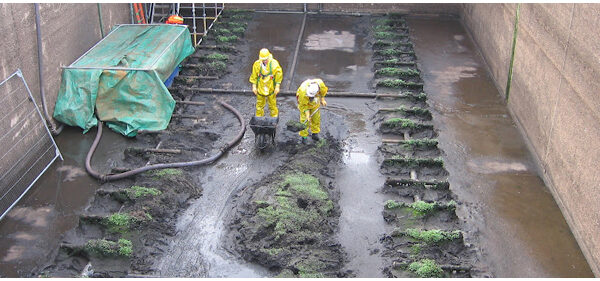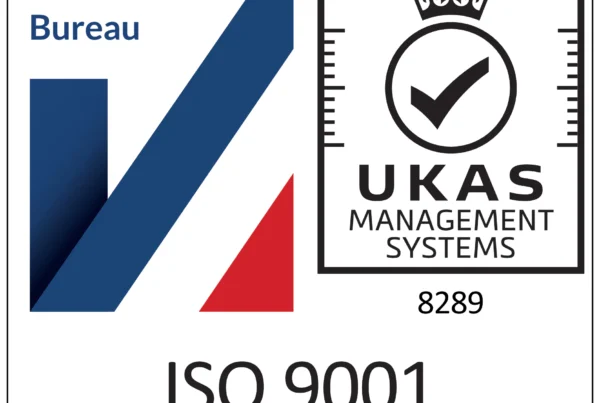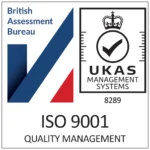Did you know that 70% of drainage issues stem from soakaways clogged with mud? When heavy rains hit, our drainage systems face a formidable foe. We’ve all been there – water pooling in the yard, causing havoc. But fear not, for we’re here to tackle this muddy mess head-on. From causes to solutions, we’ve got you covered. Let’s delve into the world of blocked soakaways and emerge victorious against this common nemesis.
Key Takeaways
- Regularly inspect your soakaway for signs of mud blockages such as slow drainage or water pooling in the area.
- Use a drain rod or high-pressure water jet to manually clear mud blockages in your soakaway.
- Seek professional help if you encounter persistent blockages or if the blockage is too severe for DIY methods.
- To prevent future mud blockages, consider installing a filter or mesh at the entrance of your soakaway to catch debris before it enters.
- Ensure proper maintenance by scheduling routine inspections and cleaning of your soakaway to avoid blockages.
- Implement landscaping practices that promote water flow away from the soakaway area to reduce the risk of mud accumulation.
Identifying a Mud Blockage
Water Pooling
When we inspect our garden, we look for signs of water pooling, indicating a blocked soakaway with mud. This is a common issue that requires prompt attention to prevent further damage.
Foul Odours
If we detect foul odours emanating from the drains, it’s a clear indication of a mud blockage. These unpleasant smells are often accompanied by the presence of dirty puddles around the affected area.
Gurgling Sounds
Another tell-tale sign of a mud blockage is the occurrence of gurgling sounds when water is draining. This suggests that there might be an obstruction in the system, hindering the flow of water effectively.
Manual Clearing Steps
Use Drain Rods
When tackling a soakaway blocked with mud, we start by using drain rods. These rods are inserted into the drain to break up and dislodge the mud causing the blockage. By twisting and pushing the rods, we can effectively clear the obstruction and restore proper drainage.
Employ a Wet Vac
Another effective method we employ is using a wet vac to tackle the mud blockage. The wet vac’s powerful suction capabilities allow us to extract the mud and debris clogging the soakaway. This method is particularly useful for removing larger accumulations of mud that may be challenging to dislodge manually.
Try Drain Jetting
For stubborn mud deposits in our outdoor drains, we opt for drain jetting. This method involves using high-pressure water to blast away the mud and debris obstructing the drain. The force of the water helps to thoroughly clean the pipes and ensure any remaining mud is flushed out, restoring optimal drainage.
When to Seek Professional Help
Contacting Professionals
When dealing with a severe or recurring mud blockage in our soakaway, it’s time to seek professional help. If we lack the necessary tools or expertise to clear the blockage effectively, contacting a drainage company is crucial.
Expert Services from ASL Limited
For those facing stubborn mud blockages in their drains, reaching out to ASL Limited can provide a solution. With over 40 years of experience in unblocking muddy drains, they offer expert services that ensure efficient resolution.
Preventive Measures for Future Blockages
Regular Inspection
We must regularly inspect our outdoor drains to prevent mud blockages. By keeping an eye on the drains, we can catch any early signs of blockages and take action promptly. This proactive approach helps in maintaining a smooth drainage system.
Avoiding Debris Flushing
Let’s remember not to flush mud or debris down the drains. Doing so increases the risk of blockages and hampers the flow of water. By being mindful of what goes into our drains, we can prevent unnecessary clogs and ensure safe draining.
Drain Guard Installation
Consider installing drain guards to catch mud and debris before they enter the drainage system. These guards act as a barrier, preventing large particles from causing blockages in the pipes. It’s a simple yet effective way to protect our drainage system from potential issues.
Summary
After learning how to identify and clear a mud blockage in a soakaway, as well as when to seek professional help and preventive measures for the future, we are now equipped to tackle such issues confidently. By following the steps outlined, we can maintain the functionality of our soakaways efficiently and prevent potential costly damages. Remember, regular maintenance is key to avoiding blockages and ensuring the smooth operation of our drainage systems.
Let’s take charge of our property’s maintenance and stay proactive in addressing any issues that may arise with our soakaways. By staying informed and taking timely action, we can safeguard our homes from unnecessary inconveniences and expenses. Let’s work together to keep our drainage systems in top condition for a stress-free living environment.
Frequently Asked Questions
How can I identify a mud blockage in my soakaway?
To identify a mud blockage, look for signs like water backing up, slow drainage, or gurgling sounds. If you notice these, your soakaway might be blocked with mud.
What are the manual steps to clear a mud blockage in a soakaway?
You can manually clear a mud blockage by using tools like drain rods or a plumber’s auger to break up and remove the mud obstruction.
When should I consider seeking professional help for a blocked soakaway?
If manual clearing methods fail or if the blockage is severe, it’s advisable to seek professional help to ensure thorough and effective clearance of the mud blockage.
What preventive measures can I take to avoid future mud blockages in my soakaway?
To prevent future mud blockages, regular maintenance such as flushing with water, avoiding dumping debris, and installing a debris filter can help keep your soakaway clear.
Why is it important to address a blocked soakaway promptly?
Addressing a blocked soakaway promptly prevents potential flooding, property damage, and health hazards caused by stagnant water pooling around your property.









